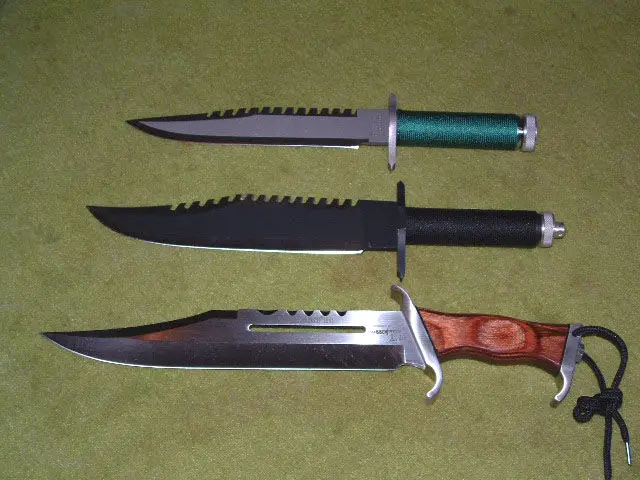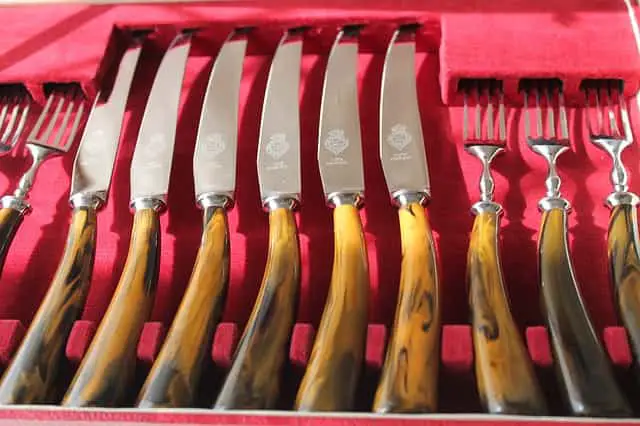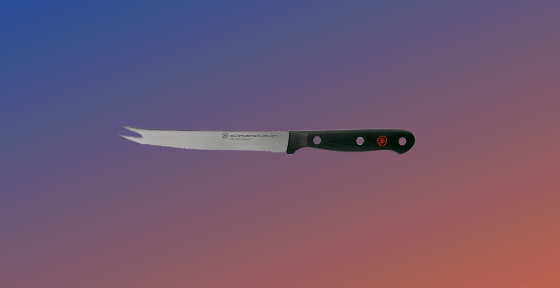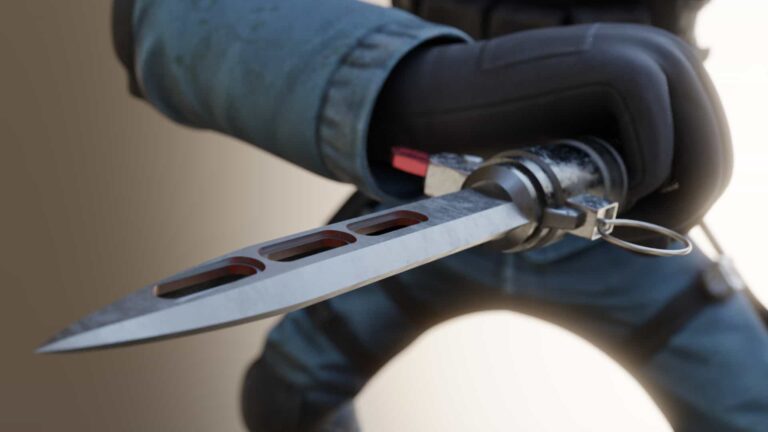If you use a dull knife at all, my mother and I instantly don’t like you anymore. But we know that it is probably because we haven’t shared one of the best ways to solve that problem with you – so here goes our whetstone sharpening guide.
For those who don’t have a whetstone right now but need a sharper knife, I have this guide on sharpening a knife when you don’t have a sharpener.
As I said in that guide, though, those are alternative methods and should not become your go-to thing.
That said, time to get into why we are here today.
Table of Contents
The Perfect Whetstone Sharpening Technique
I could spend all day throwing words around on how best to use a whetstone but that would not do us both any good.
So, I went out and found one of the most comprehensive video guides to using a whetstone to sharpen your knives. I have embedded the video below for you.
It is a 30-minute video so it does take some of your time. If you just want to get the basics and start using them, only watch from the 7:45 mark.
What Whetstone Grit Grade Should I Buy?
The whetstone grit defines the coarseness of the whetstone surface.
Many people assume that the coarser the surface of the whetstone, the sharper their knives. The truth is a little more complicated than that. I recommend having more than one whetstone with different grit consistencies at home.

The different grit consistencies showcased in the image above defines what you should use for different knives:
- Less than 800 Grit – for minor repairs on knives and extremely dull knives.
- 800 – 2000 Grit – best for medium dull knives. This is usually where most sharpening operations are done
- 3000 – 6000 Grit – used for polishing and finishing up the knife edges.
What Is the Best Sharpening Angle for A Whetstone?
If you followed the video from the start or the recommended mark, you would observe that Ethan maintains a sharpening angle consistency.
That is yet another small part of the entire sharpening guide that you could get wrong.

The ideal sharpening angle will be between 15 – 20 degrees. Going above that gives the knife on the far left (in the image above) which is not as good as cutting. You might have just ruined your knife if you go that way.
The 25 degrees should be the worst-case scenario to get an even sharpness on your knife without fear of damaging it.
Should You Soak Your Whetstone Before Sharpening?
Some schools of thought subscribe to asking the whetstone in water for five minutes before use. The coarser stones could be soaked in water for up to ten minutes to ensure they perform as intended.
However, it is not compulsory to do so. You can simply get your whetstone and use it as it is.
If you are buying a Japanese water stone kind of whetstone, though, you might need to soak it in water as recommended above. Likewise, never take oil to the whetstone as that is known to ruin the material.
A good piece of advice is to always follow the manufacturer’s recommendations. The suggestions on this page are for general purposes and might not apply to the whetstone from the specific manufacturer that you have opted for.
How to Take Care of Your Whetstone
Like your knives, you should also take proper care of your whetstone so that they last as long.
Do these:
- Check what kind of whetstone you got – as mentioned above, some have to be soaked before use, while others can be used as-is. Even for the latter, it is sometimes preferable to keep the surface wet as that protects both your knife and the sharpening stone better.
- Keep the surface wet – when sharpening your knives, never let the surface of the whetstone go dry. You don’t have to always soak it every time. Just splash some water on the surface. That should be enough.
- Use both sides – don’t rely heavily on just one end of the whetstone. With subsequent use, alternate the part of the sharpening stone that you use.
- Level the stone – otherwise, there is a high chance for uneven wear in certain sections (usually middle) of the stone
- Proper usage – don’t take your whetstone out anytime you need to sharpen just about any tool. I only recommend them for your knives anyway, so keep them to that alone. Using them for other kinds of tools could cause damage to the stones.
- Cleaning – after each use, residue from the knife, as well as broken-away microscopic particles from the stone itself, remains on the surface. Get a firm brush, soap (dishwashing liquid works), and some warm water to get these particles off the surface of your stone.
Get Sharpening
I think this has to be the most straightforward whetstone knife sharpening guide that you will find around today.
From all the exact steps as explained by Ethan in the video above to every other thing you need to know, I think we’ve got it all covered together.
As always, do let me know if there is anything else you need to know which I didn’t cover here. Cheers.

![[Video] The Complete Whetstone Sharpening Guide for Beginners](https://cutsandcarves.com/wp-content/uploads/2021/05/Video-The-Complete-Whetstone-Sharpening-Guide-for-Beginners.jpg)






